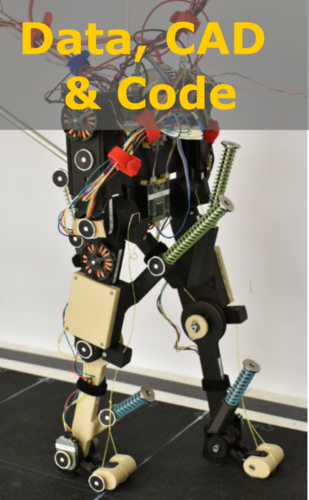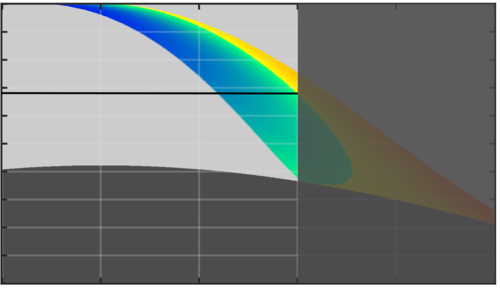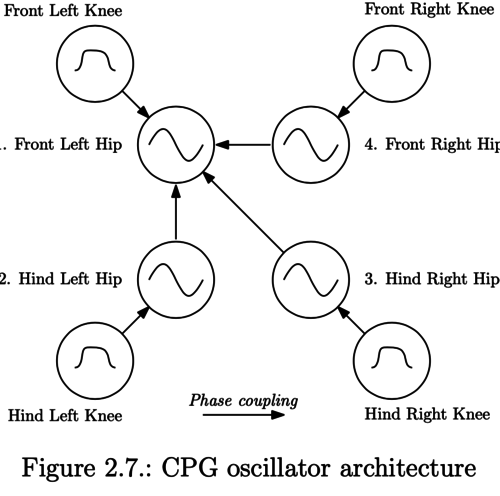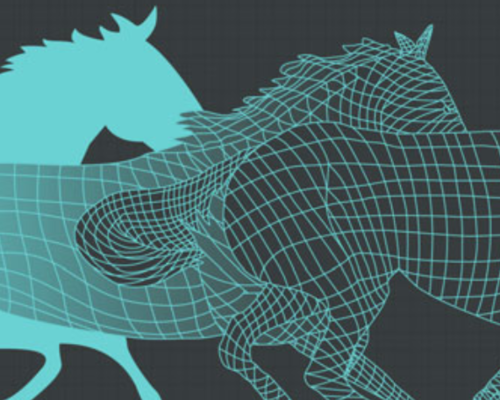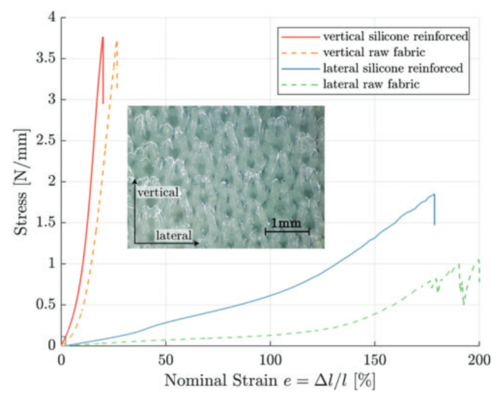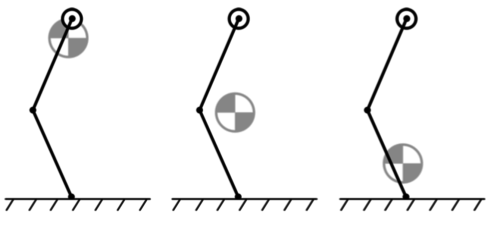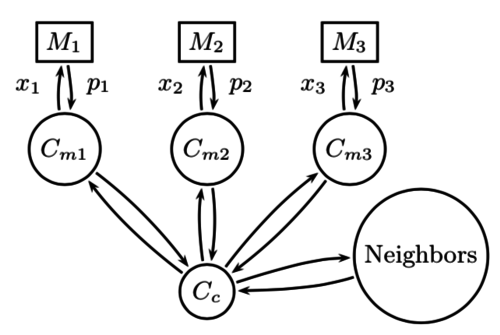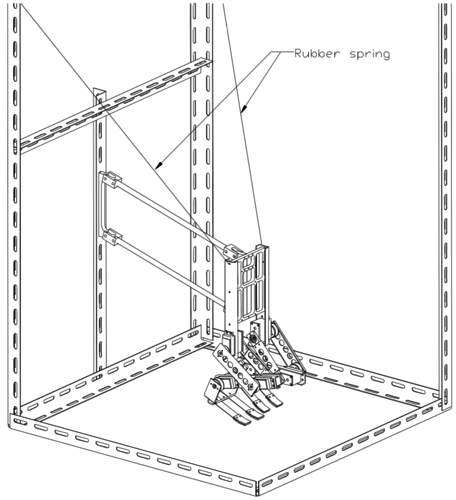14 results
(View BibTeX file of all listed publications)
2023
An Open-Source Modular Treadmill for Dynamic Force Measurement with Load Dependant Range Adjustment
Sarvestani, A., Ruppert, F., Badri-Spröwitz, A.
2023 (unpublished) Submitted
Ground reaction force sensing is one of the key
components of gait analysis in legged locomotion research. To
measure continuous force data during locomotion, we present a
novel compound instrumented treadmill design. The treadmill is
1.7 m long, with a natural frequency of 170 Hz and an adjustable
range that can be used for humans and small robots alike. Here,
we present the treadmill’s design methodology and characterize it
in its natural frequency, noise behavior and real-life performance.
Additionally, we apply an ISO 376 norm conform calibration
procedure for all spatial force directions and center of pressure
position. We achieve a force accuracy of ≤ 5.6 N for the ground
reaction forces and ≤ 13 mm in center of pressure position.
2022
Mechanical Design, Development and Testing of Bioinspired Legged Robots for Dynamic Locomotion
Eberhard Karls Universität Tübingen, Tübingen , November 2022 (phdthesis)
2021
Control Mechanisms for Postural Stability and Trunk Motion in Bipedal Running. A Numerical Study for Humans, Avians, and Bipedal Robots
Drama, Ö.
Universität Stuttgart, Stuttgart, May 2021 (phdthesis)
2020
Viability in State-Action Space. Connecting Morphology, Control, and Learning
Eberhard Karls Universität Tübingen, Tübingen, February 2020 (phdthesis)
2019
Electronics, Software and Analysis of a Bioinspired Sensorized Quadrupedal Robot
Technische Universität München, 2019 (mastersthesis)
Das Tier als Modell für Roboter, und Roboter als Modell für Tiere
Badri-Spröwitz, A.
In pages: 167-175, Springer, 2019 (incollection)
Entwicklung und Analyse neuartiger fluidischer Aktoren mit Rollmembran
Technische Universität München, 2019 (mastersthesis)
2017
Evaluation of the passive dynamics of compliant legs with inertia
Györfi, B.
University of Applied Science Pforzheim, Germany, 2017 (mastersthesis)
2013
Motor Control Adaptation to Changes in Robot Body Dynamics for a Compliant Quadruped Robot
Pouya, S., Eckert, P., Spröwitz, A., Moc̈kel, R., Ijspeert, A. J.
In Biomimetic and Biohybrid Systems, 8064, pages: 434-437, Lecture Notes in Computer Science, Springer, Heidelberg, 2013 (incollection)
One of the major deficiencies of current robots in comparison to living beings is the ability to adapt to new conditions either resulting from environmental changes or their own dynamics. In this work we focus on situations where the robot experiences involuntary changes in its body particularly in its limbs’ inertia. Inspired from its biological counterparts we are interested in enabling the robot to adapt its motor control to the new system dynamics. To reach this goal, we propose two different control strategies and compare their performance when handling these modifications. Our results show substantial improvements in adaptivity to body changes when the robot is aware of its new dynamics and can exploit this knowledge in synthesising new motor control.
2010
Distributed Online Learning of Central Pattern Generators in Modular Robots
Christensen, D. J., Spröwitz, A., Ijspeert, A. J.
In From Animals to Animats 11, 6226, pages: 402-412, Lecture Notes in Computer Science, Springer, Berlin, 2010, author: Doncieux, Stéphan (incollection)
In this paper we study distributed online learning of locomotion gaits for modular robots. The learning is based on a stochastic ap- proximation method, SPSA, which optimizes the parameters of coupled oscillators used to generate periodic actuation patterns. The strategy is implemented in a distributed fashion, based on a globally shared reward signal, but otherwise utilizing local communication only. In a physics-based simulation of modular Roombots robots we experiment with online learn- ing of gaits and study the effects of: module failures, different robot morphologies, and rough terrains. The experiments demonstrate fast online learning, typically 5-30 min. for convergence to high performing gaits (≈ 30 cm/sec), despite high numbers of open parameters (45-54). We conclude that the proposed approach is efficient, effective and a promising candidate for online learning on many other robotic platforms.
Roombots: Design and Implementation of a Modular Robot for Reconfiguration and Locomotion
Spröwitz, A.
EPFL, Lausanne, Lausanne, 2010 (phdthesis)
2005
Adaptation of Central Pattern Generators to Preexisting Mechanical Structure
Spröwitz, A.
Technische Universität Ilmenau, Ilmenau, 2005 (mastersthesis)



